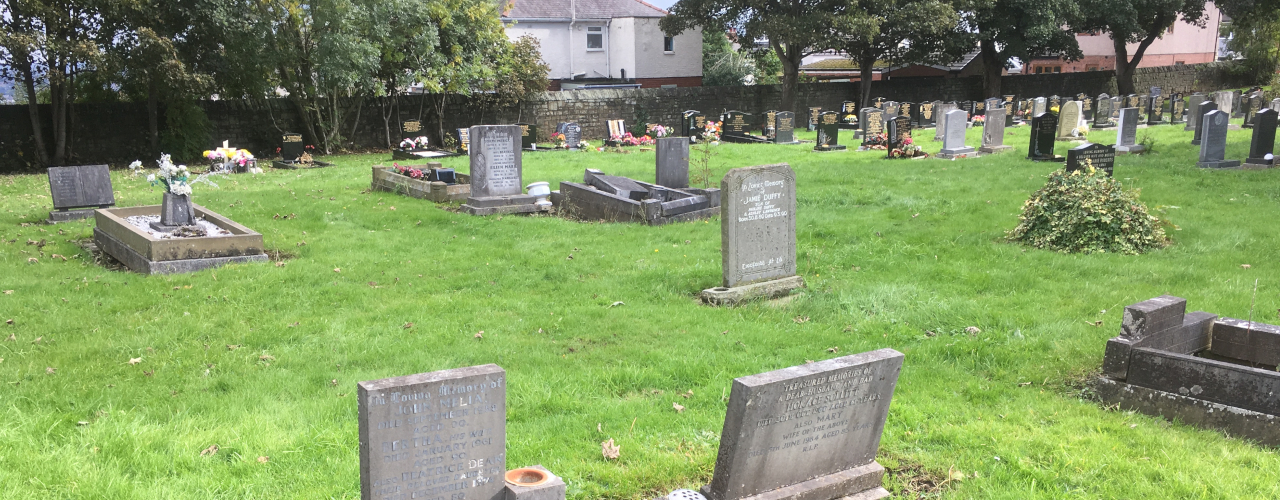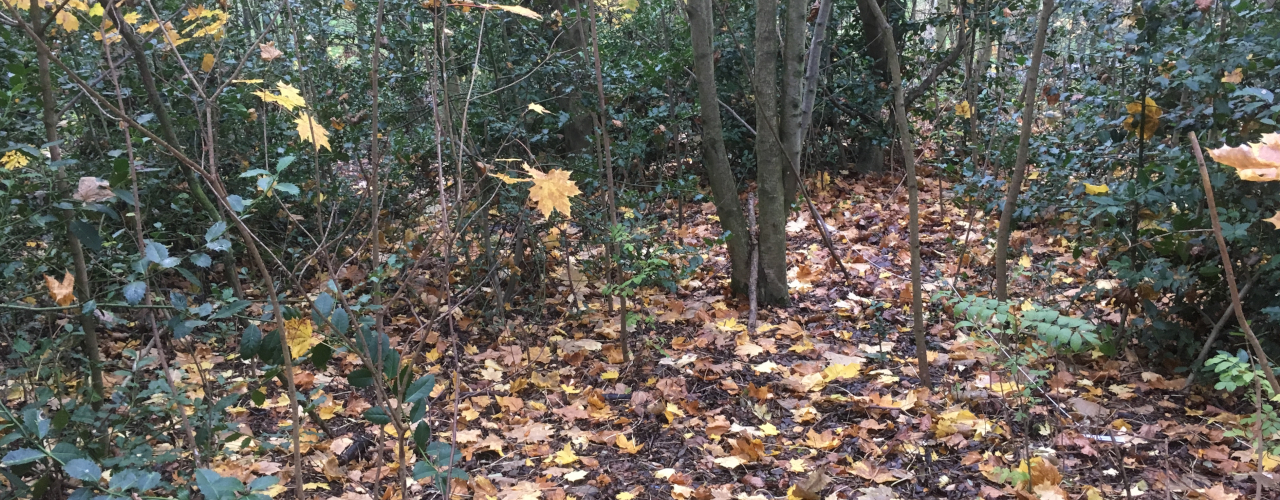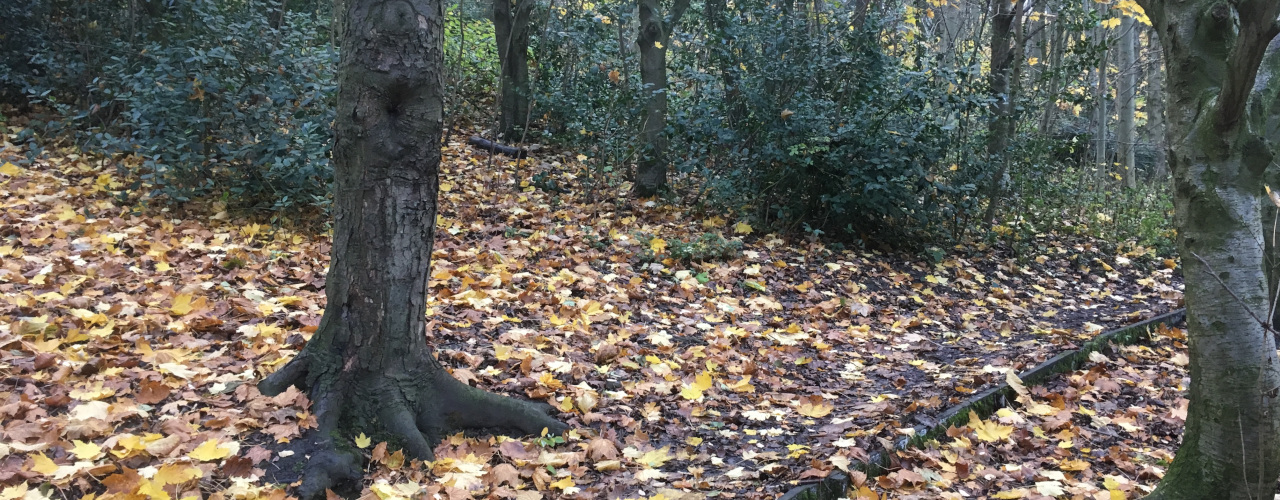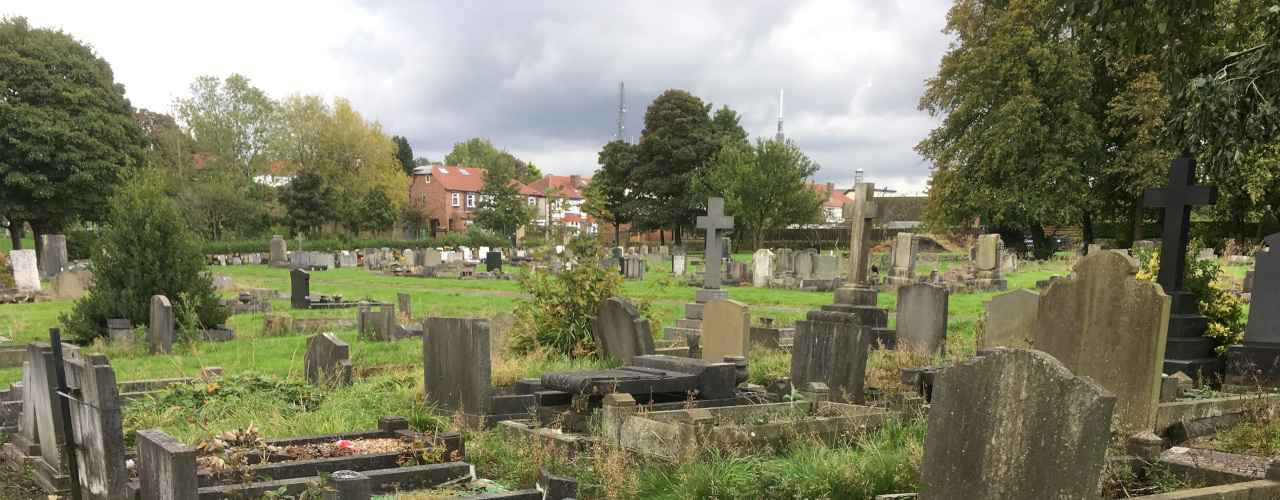Sustainable Cemeteries (Part 1) - The Issues
Two of the main landscape components of a cemetery within the UK include regularly mown grass, and gravestones. Grass is usually maintained to a short sward to appear neat and tidy - and as such, is what is typically expected of in a cemetery in the UK.
However typical UK cemetery management practices, have a multitude of problems that can be associated with them.
Issues include:
- Severe lack of biodiversity due to non-complex/diverse landscape
- Available burial space decreasing
- Less money available to councils for landscape maintenance
- Ineffective use of money for landscape maintenance
- Limited income generated from burials
- Polluting chemicals used in the embalming process, leeching into the nearby environment
- Increased waterlogging (as a result of climate change) causing issues including increased spread of embalming pollutants and possible contamination of water sources
- Public/cultural expectation for a ‘neat and tidy’ landscape resulting in adverse impacts to wildlife and biodiversity
A lack of long-term vision and continuation of unsustainable management practices means many of these issues will continue to be a risk in many cemeteries.
Challenging conventional views of how a cemetery 'should be' needs to be done to enact positive long-term change in in response (and preparation) of long term issues such as climate change.
A changing climate will mean increased climatic extremes, such as hotter drier summers, and wetter winters (increased drought and waterlogging). Cemeteries in particular will be vulnerable to both these extremes, possibly more so compared to other landscapes.
In a place where the dead are laid to rest, surely it makes sense to form a space with value to wildlife - rather than one that acts as a storage area for the deceased.
These issues do not mean cemeteries need a complete redesign. Small but impactful changes in management and maintenance to existing cemeteries can help alleviate these issues, whilst providing benefits of their own.
As can be expected with change, issues in regards to perception by users may be challenging to address, despite the long-term benefits, as will be later discussed.
In the following post I shall discuss:
- Improving cemetery biodiversity
- Adjusting maintenance in response to a changing climate
- Reducing cemetery maintenance costs
- More efficient use of existing space, for more burials
- More environmentally friendly burial practices
- Increasing the social value of cemeteries





